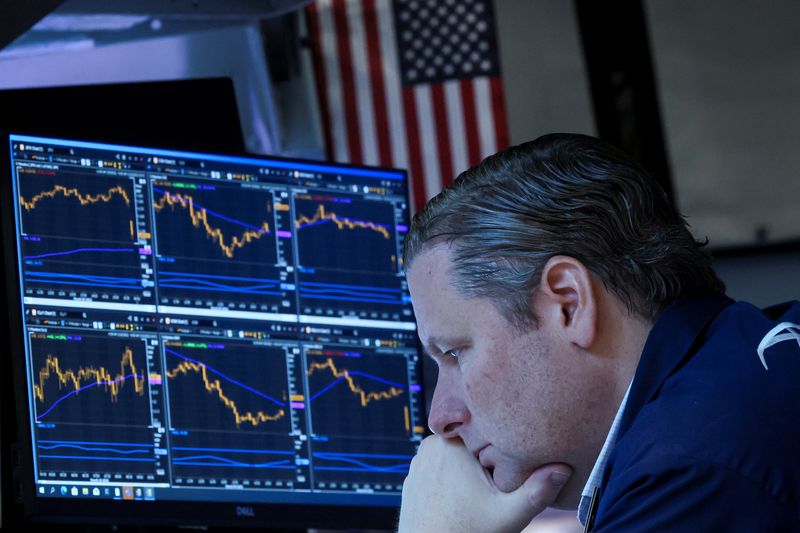Investing.com — ‘s valuation has risen significantly in recent years, driven by a rise in future earnings and declining fears of a recession.
According to Yardeni Research, the index’s price-to-earnings (P/E) ratio recently reached 22.3, up 45.8% from a low of 15.3 in October 2022, partly boosted by a 15.5% increase in the future earnings per share (EPS).
By historical standards, price-to-earnings ratios near these levels have been a warning sign.
“If valuations rise much further, we may need to increase our subjective probabilities of a meltup scenario from the current 25%,” Yardeni Research warns.
One of the main factors behind this increase is optimism about long-term economic expansion. Investors are willing to pay a premium for equities now that the Federal Reserve’s monetary tightening has eased and the economy has shown resilience.
The ability of future earnings to grow before the next recession appears to be central to these valuations. “The longer the expansion goes on, the longer earnings have to grow to justify the current multiple,” Yardeni explains.
As fears of a recession from 2022 gradually subsided over the past three years, investors became increasingly confident in the resilience of the economy and earnings growth, leading to a sharp increase in valuation ratios despite continued monetary tightening.
A major contributor to this heightened valuation environment are the tech-heavy ‘Magnificent Seven’ stocks, whose combined price-to-earnings ratio is 29.1, well above the S&P 500 average. Excluding these giants, the price/earnings for the other 493 companies in the index falls to 19.5.
Meanwhile, valuation models paint a nuanced picture, Yardeni notes. The Buffett Ratio, which compares the market value of U.S. stocks to GDP, reached a record 2.96 in the second quarter of 2024. Warren Buffett has historically flagged levels above 2.0 as indicative of overvaluation.
However, some valuation figures are less alarming. For example, the Fed’s stock valuation model, which compares the return on future earnings to the , shows near parity, a departure from the sharp divergences seen in past bubbles.
Finally, the spread between the S&P 500’s earnings yield and CPI inflation, another valuation gauge, is typically negative during recessions and bear markets, but has remained slightly positive over the past six quarters.
Yardeni Research suggests that now that monetary tightening is no longer a significant threat to economic growth, other risks could emerge, such as a geopolitical crisis leading to a spike in oil prices, although recent crises have not had a significant impact on oil .
Another potential concern is a new tariff war under President Donald Trump, who has signaled his willingness to impose tariffs on U.S. trading partners.
“So far, equity investors are unimpressed by Tariff Man, who they say speaks loudly and has a stick up his sleeve as a negotiating tactic. We agree,” the company concludes.


